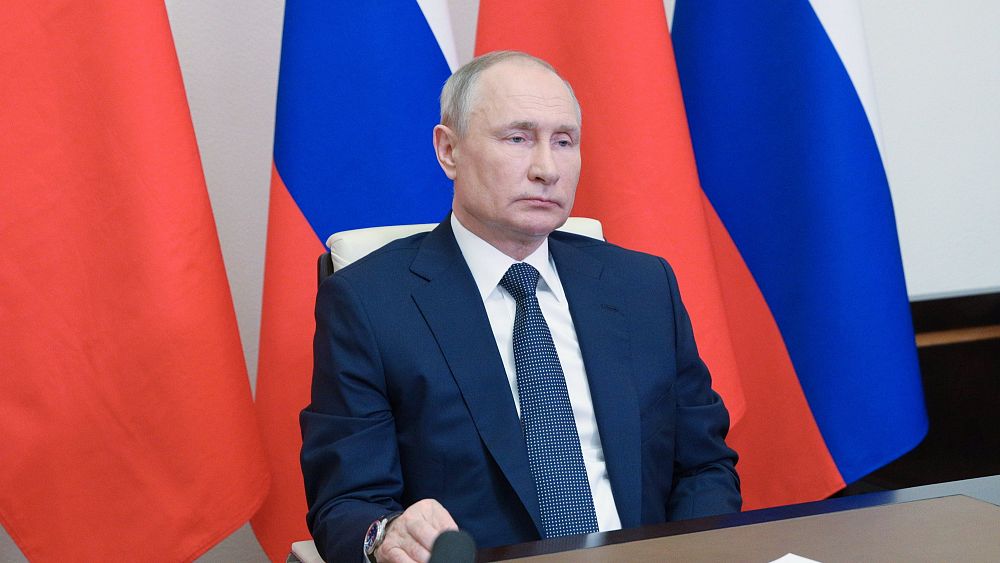From the Russian point of view, the goal is to restore parity with the United States.
Russian President Vladimir Putin signed Russia’s withdrawal from the Nuclear Test Ban Treaty. At the end of October, the Senate of the Russian Parliament approved the document to withdraw Russia’s ratification of the Comprehensive Nuclear Test Ban Treaty.
The Comprehensive Nuclear-Test-Ban Treaty never entered into force because many of the countries that signed the treaty had not ratified it. It was adopted by the United Nations General Assembly on September 10, 1996 and opened for signature two weeks later. The Comprehensive Nuclear Test Ban Treaty was signed by 187 countries, and ratified by 178 countries. Among the nuclear powers, France, Great Britain and Russia have done so so far. All 44 countries with nuclear technology must ratify the treaty for it to enter into force, but the United States, China, India, Pakistan, Iran, Israel, Egypt and North Korea have not done so.
The Russian Parliament decided to withdraw ratification of the agreement, given that the American legislature had not yet ratified the agreement. The law on de-ratification of the Nuclear Test Ban Treaty was first passed by the lower house of the Russian Parliament, the State Duma, and then unanimously approved by the Senate at the end of October.
In the State Duma, House Speaker Vyacheslav Vologin described the vote as “a response to the hateful position of the United States on its obligations to maintain global security.” In February, Russia suspended its participation in the New START Treaty signed with the United States. States in 2010 on the limitation of military offensive weapons.












































